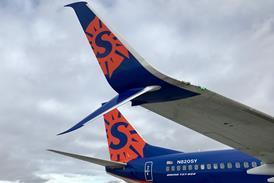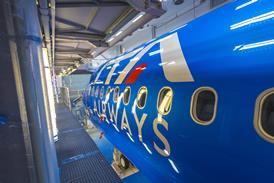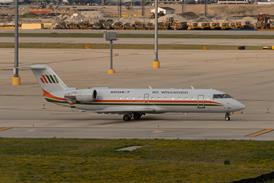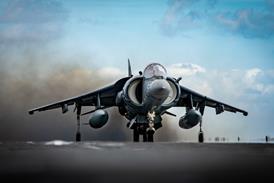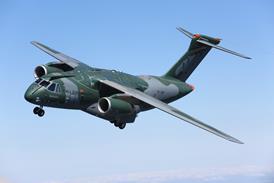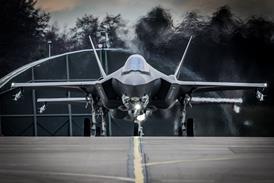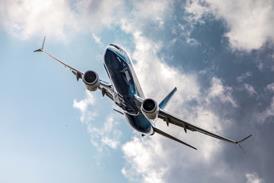CRANFIELD UNIVERSITY of the UK has developed software to help aircraft operators identify factors which cause engine performance to degrade.
Called Pythia, the system is designed to build a modular, computerised, model of a gas-turbine engine, using a Windows-based graphical user-interface.
The software, then analyses a known performance degradation, such as increased fuel consumption, and recommends, the accuracy and type of instrumentation which should be fitted to a sample of engines so that the exact cause of the problem can be pinpointed.
"The software allows linear gas-path analysis, and can assess degradations of as small as 1%," says Professor Riti Singh, head of the department for propulsion, power and automotive engineering at Cranfield. "It can also perform more complicated, non-linear, gas-path analysis. That is a capability we believe hardly anyone else has."
An engine is modelled using a series of graphical "building blocks" which define its configuration, such as the number of compressor and turbine stages, and temperature, pressure and bypass ratios. As the layout is defined graphically, Pythia automatically links together the complex mathematical equations, which model performance.
The engine's "design-point" performance is simulated, leading to "off-design-performance" analysis, which is used to study the sources of performance degradation.
The current version of Pythia can only model an engine that is stabilised at a particular power setting, but, Singh says, the aim is to develop a version which can model the period during which an engine's power setting is changed. "We want to convert it into a transient-gas-path-analysis model," he says.
Source: Flight International

